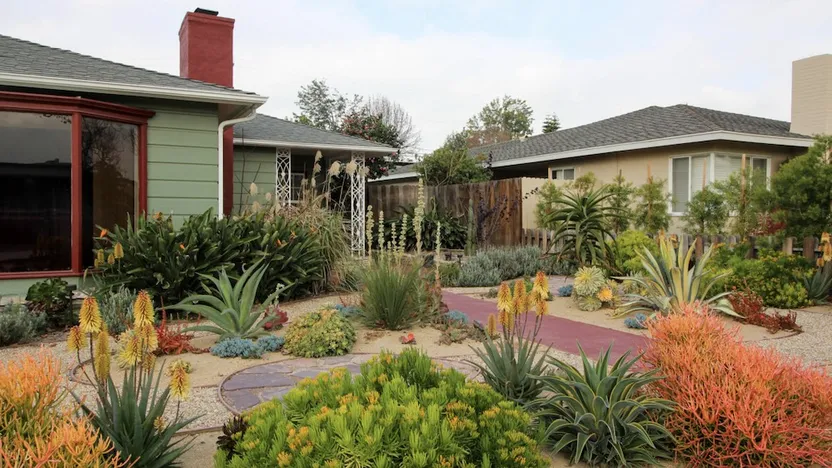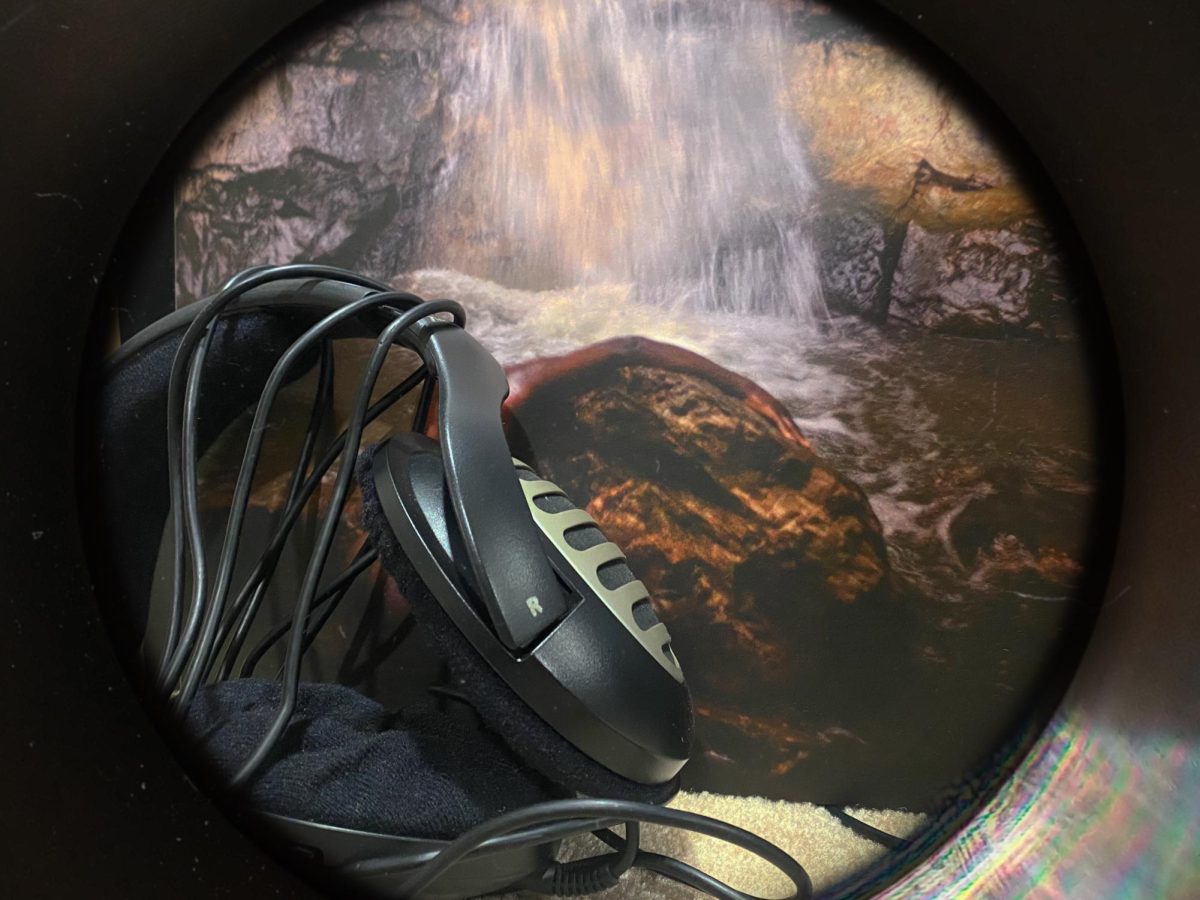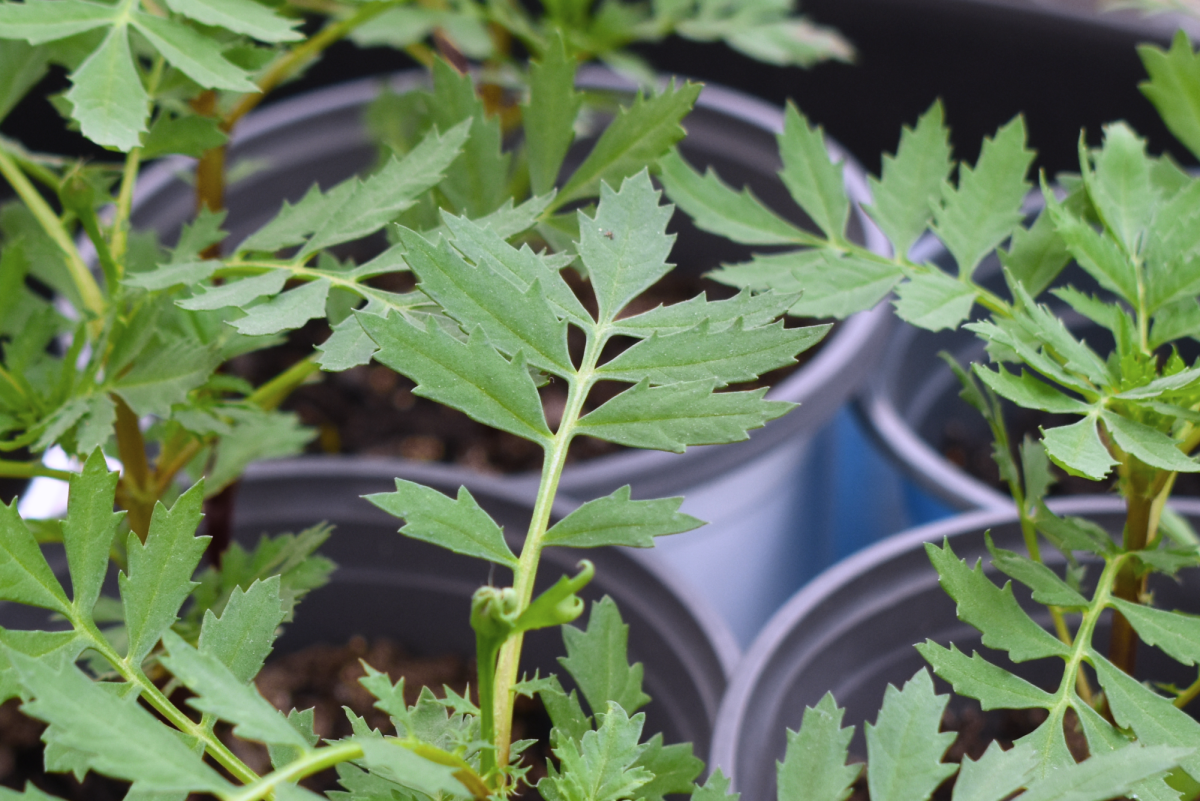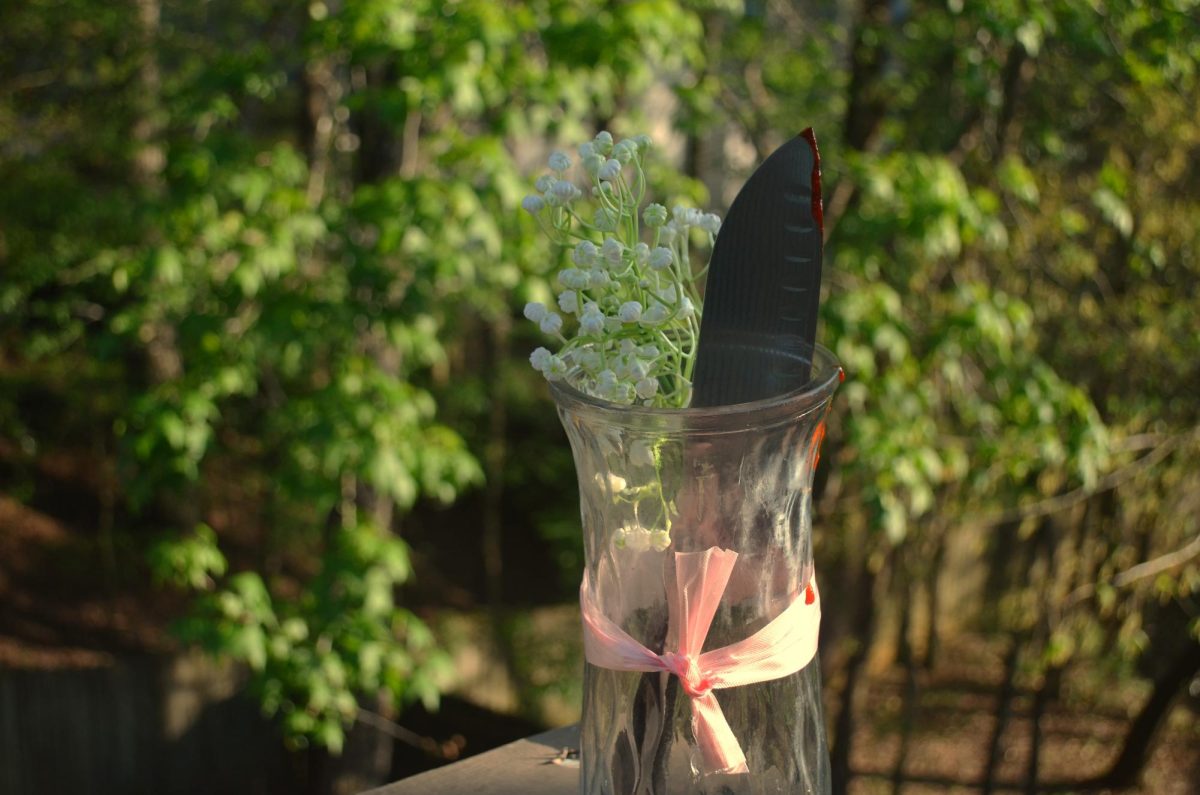When imagining the perfect American dream home, it includes the idyllic image of an all-green grass, manicured lawn. Although the sight of this type of lawn fits the picturesque stereotype, maintaining it can become a challenging task. Homeowners can look at alternatives that benefit the environment, themselves and their stomachs.
Low-maintenance grass variations
Planting grass alternatives can provide a low-effort lawn for busy homeowners. Green grass lawns require regular waterings and dreaded consistent mowings done under the hot sun. Types of grass variations allow for less attention to maintaining one’s yard as people immerse themselves in their hectic lives. The Silver Carpet plant sports the same green color as grass but does not require the same amount of effort. Silver Carpet only grows one to three inches high, perfect for people who wish to avoid the tumultuous task of mowing. This alternative stands as drought-resistant, so people can cross constant watering off their list to maintain their lawns.
Replacing grass with clover can also bring similar benefits. Clover displays the vibrant green color of grass and its drought tolerance can survive with minimal watering. Less water usage can result in homeowners noticing a decrease in their water bill. Additionally, reducing the amount of water used preserves the clean water supply and ensures enough water remains available for essential services.
Xeriscape Landscaping
Xeriscaping addresses the problem of unnecessarily irrigating lawns during the hot summer months. This landscaping approach involves water-conserving methods to ensure efficient irrigation in desert-like climates. By applying this landscaping type, less water waste will occur to create beautiful, unique lawns.
One aspect of xeriscaping calls for choosing climate-appropriate greenery. People who live in dry climates, such as in the Southwest region of the United States, may benefit from planting native and drought-resistant vegetation. This would reduce water usage, save money and help the environment. Drought-resistant plants to dry climates include cacti, agave and lavender, all unique and colorful additions that both beautify a lawn and stand as a great way to help the environment and one’s finances.
“Xeriscape is very beneficial depending on the climate you are in. If you are in an environment that doesn’t have a lot of green plants, it’s really good because you’re saving a lot of water. When you’re in an area that has a lot of green plants, by using some of the native plants that are indigenous to the area, they stand as drought-tolerant or they absorb for what their needs are so that way you don’t have to go to grasses and exotics and ornamental that might be heavy drinkers. It saves a lot of money and helps the wildlife,” Greenhouse Gang club sponsor Sue Aughey said.
Wildfire Gardens
Instead of the monochromatic green look of grass lawns, people can consider planting seeds that bloom into a burst of colorful greenery. Planting wildflowers can contrast the boring grass lawns and turn one’s yards into a dream Pinterest board. Wildflowers can become a unique way to liven up the neighborhood scene with one’s front-yard meadow, not only with the vivid colors of the flowers but also by attracting wildlife such as butterflies and hummingbirds. These florals draw in pollinators— beneficial organisms that promote plant diversity. These plants provide food and shelter to pollinators, helping them survive. Floral lawns can bring natural beauty inside a household by providing a nearby way to pick out front yard flowers for bouquets and colorful home decor.
Edible Lawns
Edible lawns offer the perfect way to grow a produce market right outside one’s living space. Instead of planting grass that offers no nutritional or edible value, people can grow an array of vegetables and herbs that can benefit one’s stomach. Especially for individuals who struggle to access nutritional produce, growing a garden in one’s own green space can provide an easy way to acquire healthy fresh food. Growing fruits and vegetables can also bring color to a lawn, like the addition of bright red strawberries and the orange flowers that grow alongside squash. People with edible lawns can also unite communities by sharing produce with neighbors and donating their goods as gifts for people.
“I was able to transform huge portions of my landscape into something that grew food and habitat for critters and saw that my specific actions were actually not only improving my health, but the health of the local beehive, the health of local bird flock, the health of the local stream, and all the occupants in it,” director of Iowa-based nonprofit Backyard Abundance Fred Meyer said.
Lawn alternatives can bring substantial benefits to one homeowner while providing incentives to other organisms and the environment. Implementing these types of lawns can also inspire others to move away from cookie-cutter lawns to planting unique, useful vegetation in green spaces.















